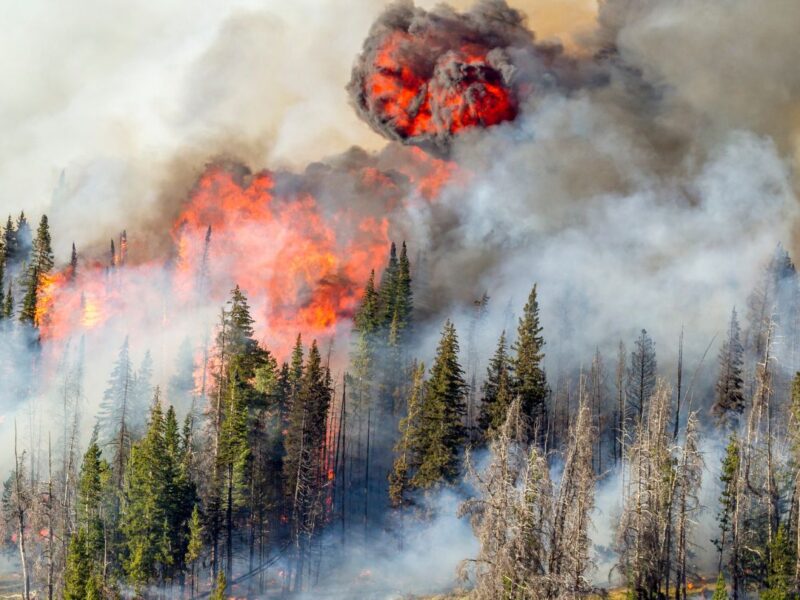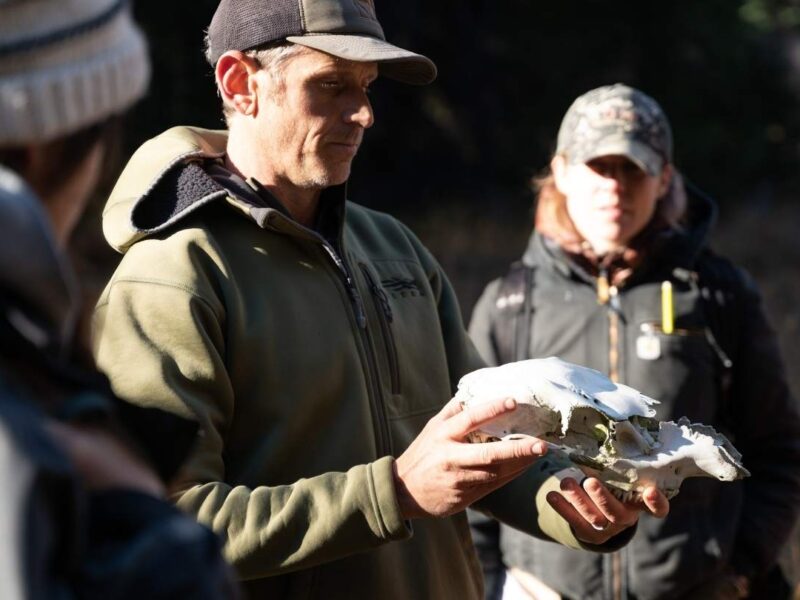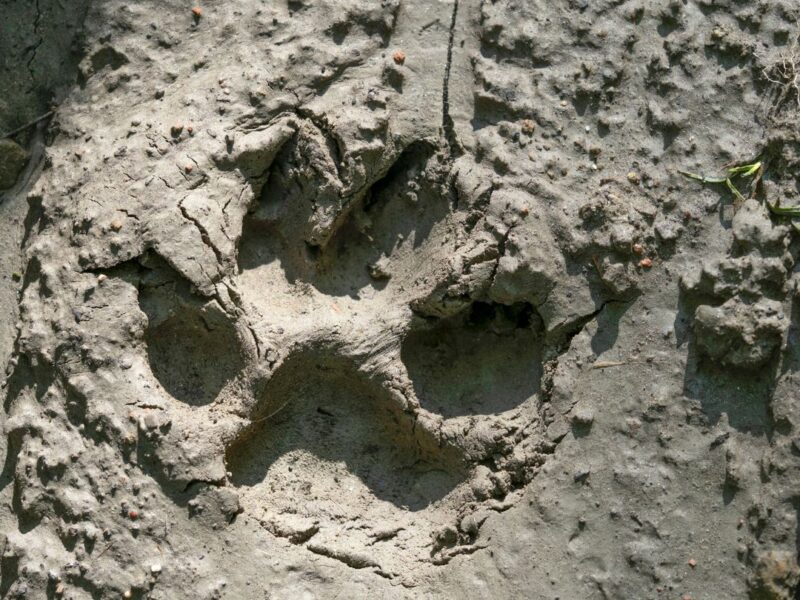House committee on natural resources to review key conservation bill next week
North America’s largest carnivores are in the midst of dramatic comebacks in the lower 48. Reintroduction and natural dispersal have returned gray wolves to parts of the West that they haven’t hunted in more than 100 years. Meanwhile, grizzly bear populations in two designated Rocky Mountain recovery areas are growing steadily, pushing some bears hundreds of miles afield. Grizzlies have recently been spotted on Montana’s northern great plains and in parts of Eastern Washington where they were but rumored inhabitants by the late 19th century.
With these conservation successes have come very real challenges for landowners, ranchers and rural communities facing hungry, clever and legally-protected predators. To keep those human communities healthy and safe, while ensuring species recovery has a chance to continue, will take resources. The U.S. House of Representatives will hear testimony on one bill that would provide some of those resources on July 9th, the America’s Conservation Enhancement Reauthorization Act of 2024 (ACE Act). The Senate passed the bill on May 8th and referred it to the House.
If passed, the ACE Act would establish a grant program to provide up to $10 million annually to state agencies to supplement existing livestock depredation compensation programs and up to $5 million annually for non-lethal conflict reduction work, including electric fencing, range riding and attractant disposal programs. The bill has bipartisan support, with 15 Senate co-sponsors: eight Republicans, six Democrats and one independent.
In March of 2023, the WLA-led Conflict Reduction Consortium organized a sign-on letter to the U.S. House and Senate Appropriations Committees requesting that $15 million in funding for conflict prevention and depredation compensation provisions included in the ACE Act. The version of the ACE Act now under consideration in the committee on the 9th contains these funding levels. In October of 2023 we organized Idaho landowners, wildlife and livestock groups for a letter to Idaho Representative Mike Simpson in support of the bill. We continue to inform congress on the importance of this legislation to Western landowners, working lands and wildlife. We are pushing hard for passage of the bill for several reasons.
First, given the expanding range of many large carnivores, including reintroduction efforts throughout their historic range, the need for additional wildlife-livestock conflict prevention work and livestock depredation compensation support for producers is rapidly increasing. Yet, Federal funding to support non-lethal conflict prevention work and supplement sate-level livestock depredation compensation funds has remained relatively flat, and nowhere near enough to meet the demand. For instance, the Wolf Livestock Loss Demonstration Project Grant Program, referred to as Tester funds after Montana Senator Jon Tester, who championed them, generally receives around $1 million annually. It is often nearly fully expended in only a handful of western states and has not seen its funding level increased since its inception in 2009.
Second, durable conservation requires wildlife management strategies that are informed by and supported by those living in wild and working landscapes. Building that support requires funding on the ground, and it also requires capacity in state and federal agencies. By utilizing a grant program to state agencies to implement non-lethal conflict reduction methods, the ACE Act strengthens local relationships that benefit both rural communities and wildlife.
The ACE Act is getting closer to being reauthorized, but it’s not quite there yet. The hearing on the 9th will be another big step. You can help make sure the ACE Act, with its critical funding for wildlife-livestock conflict reduction and depredation compensation, becomes law by contacting your congresspeople today. Take action here!
Learn More





